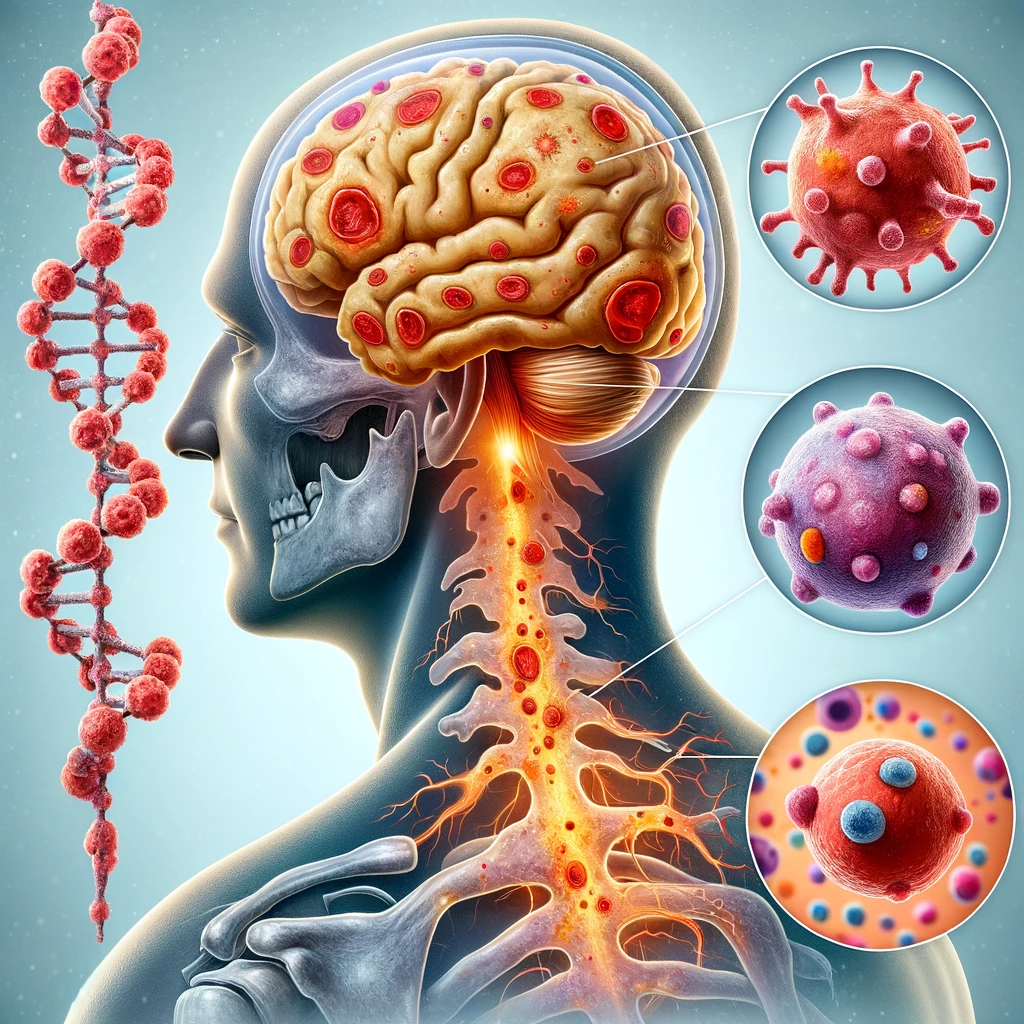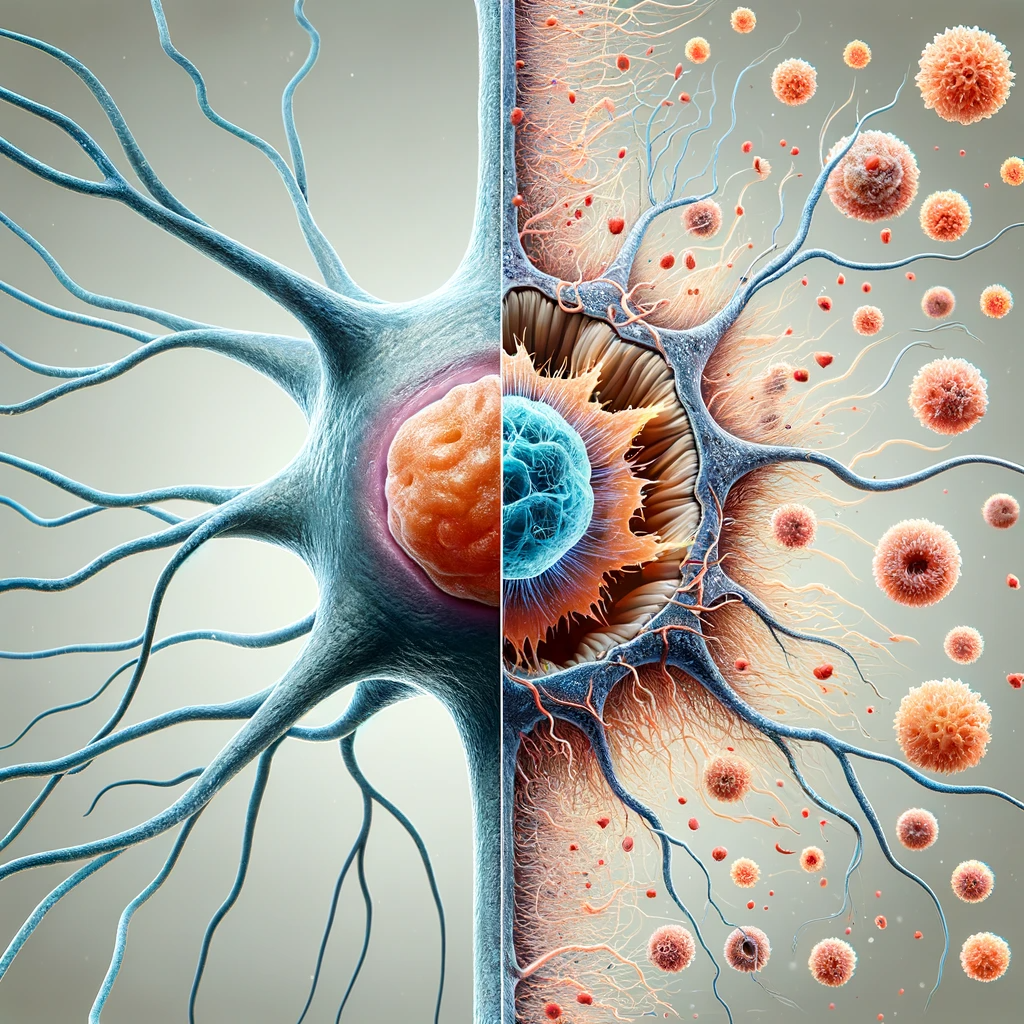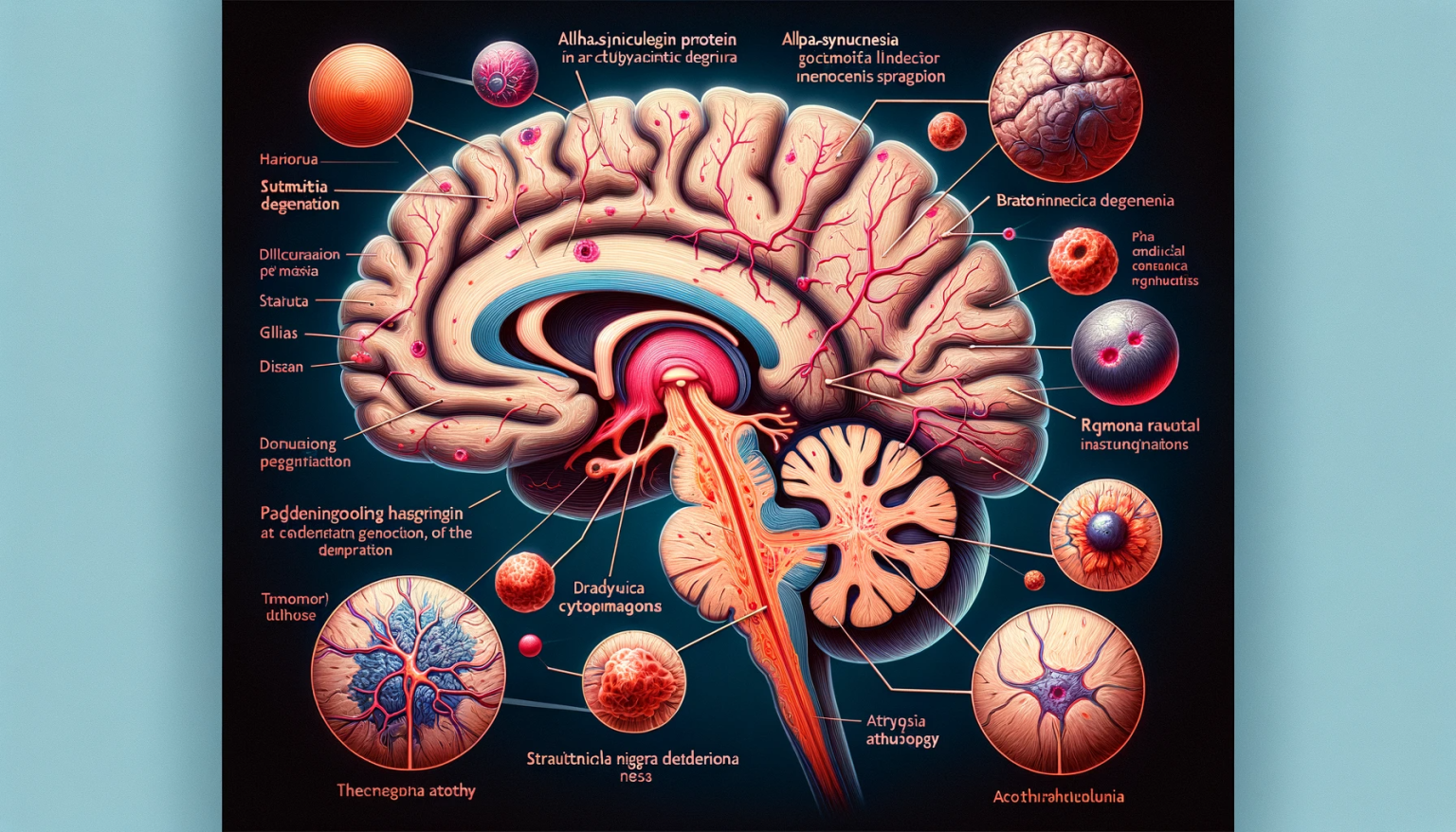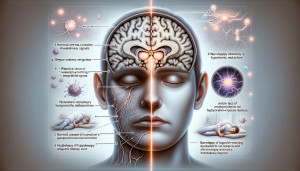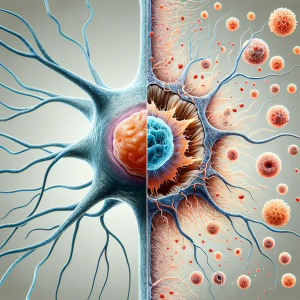
Abstract: This article comprehensively reviews the intricate association between air pollution and lung cancer, detailing the pathogenic mechanisms, epidemiological evidence, clinical implications, and public health strategies aimed at mitigating this environmental health risk.
1. Introduction: The global burden of lung cancer, a leading cause of cancer-related mortality, is increasingly attributed to air pollution, a modifiable environmental factor. This review synthesizes current knowledge on how air pollution contributes to lung carcinogenesis.
2. Pathogenic Mechanisms: Air pollution, comprising a complex mix of particulate matter (PM), gases, and organic compounds, exerts its carcinogenic effects through various mechanisms. Key among these are direct genotoxicity, chronic inflammation, oxidative stress, and epigenetic modifications.
2.1 Particulate Matter and Carcinogenesis: PM, especially fine particles, can penetrate deep into the lung parenchyma, inducing DNA damage either directly or through the generation of reactive oxygen species (ROS), thereby initiating and promoting carcinogenesis.
3. Epidemiological Evidence: Numerous epidemiological studies have established a strong correlation between air pollution exposure, particularly long-term exposure to fine particular matter and polycyclic aromatic hydrocarbons (PAHs), and an increased risk of lung cancer.
3.1 Population-based Studies: Large cohort studies across various geographical regions have consistently demonstrated a higher incidence of lung cancer in populations exposed to higher levels of air pollutants.
4. Clinical Implications: The clinical presentation of lung cancer related to air pollution does not significantly differ from lung cancer due to other etiologies. However, its increasing prevalence, especially in urban areas with poor air quality, necessitates heightened clinical vigilance.
4.1 Diagnostic Strategies: Early diagnosis of lung cancer in populations exposed to high levels of air pollution requires robust screening programs and awareness of the heightened risk among these individuals.
5. Public Health Strategies: Addressing the air pollution-lung cancer nexus requires a multidisciplinary approach. Implementing stringent air quality regulations, reducing emissions from industrial and vehicular sources, and promoting public awareness are critical.
5.1 Preventive Measures: Preventive strategies include urban planning to reduce exposure, advocating for cleaner energy sources, and individual-level interventions like the use of air purifiers and masks in high-pollution areas.
6. Conclusion: The link between air pollution and lung cancer represents a significant public health challenge. Understanding the pathogenic mechanisms and epidemiological trends is crucial for developing effective preventive and policy measures to reduce the burden of pollution-induced lung cancer.


